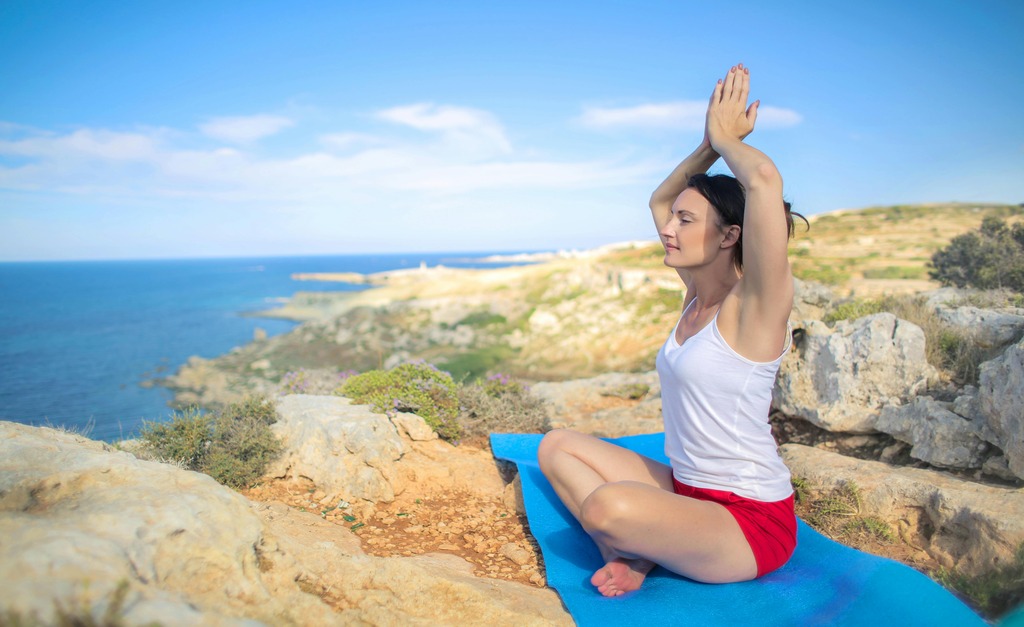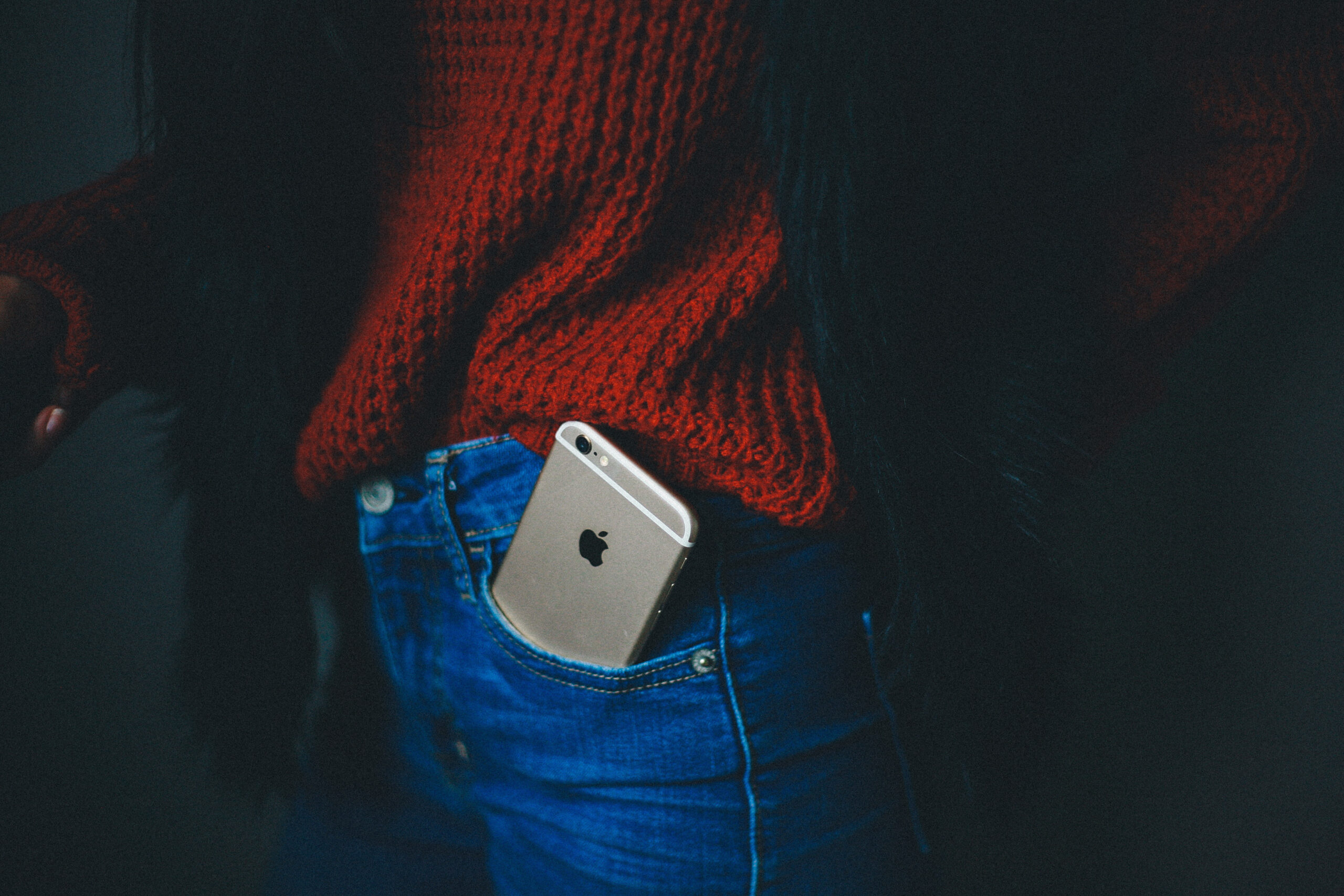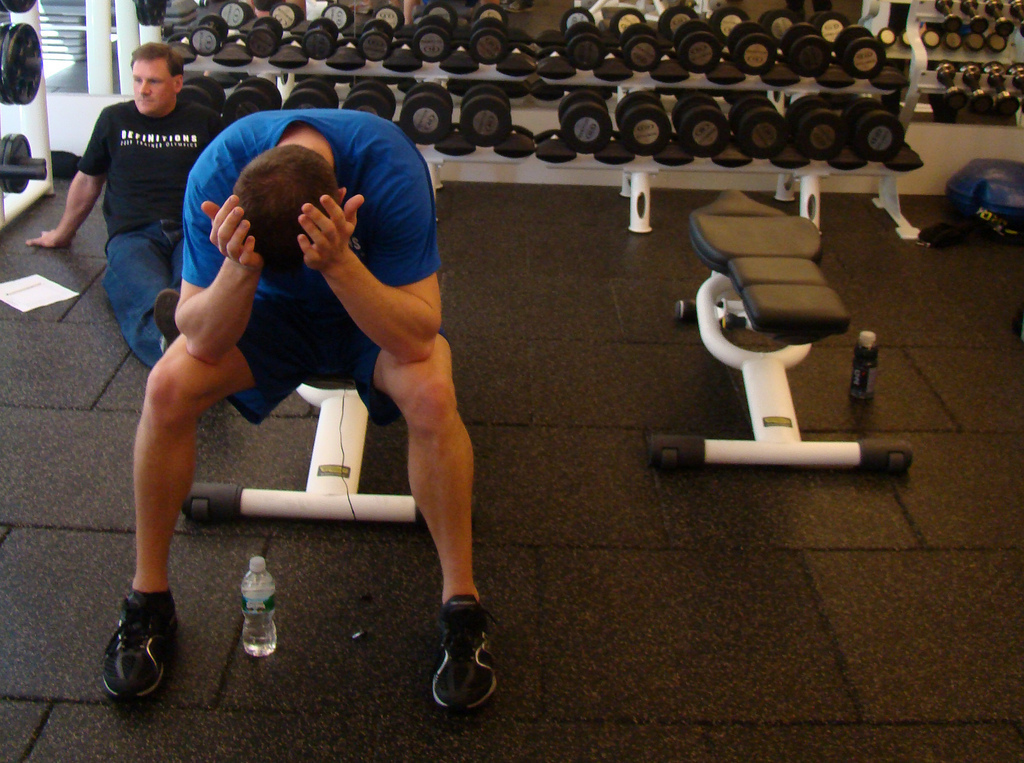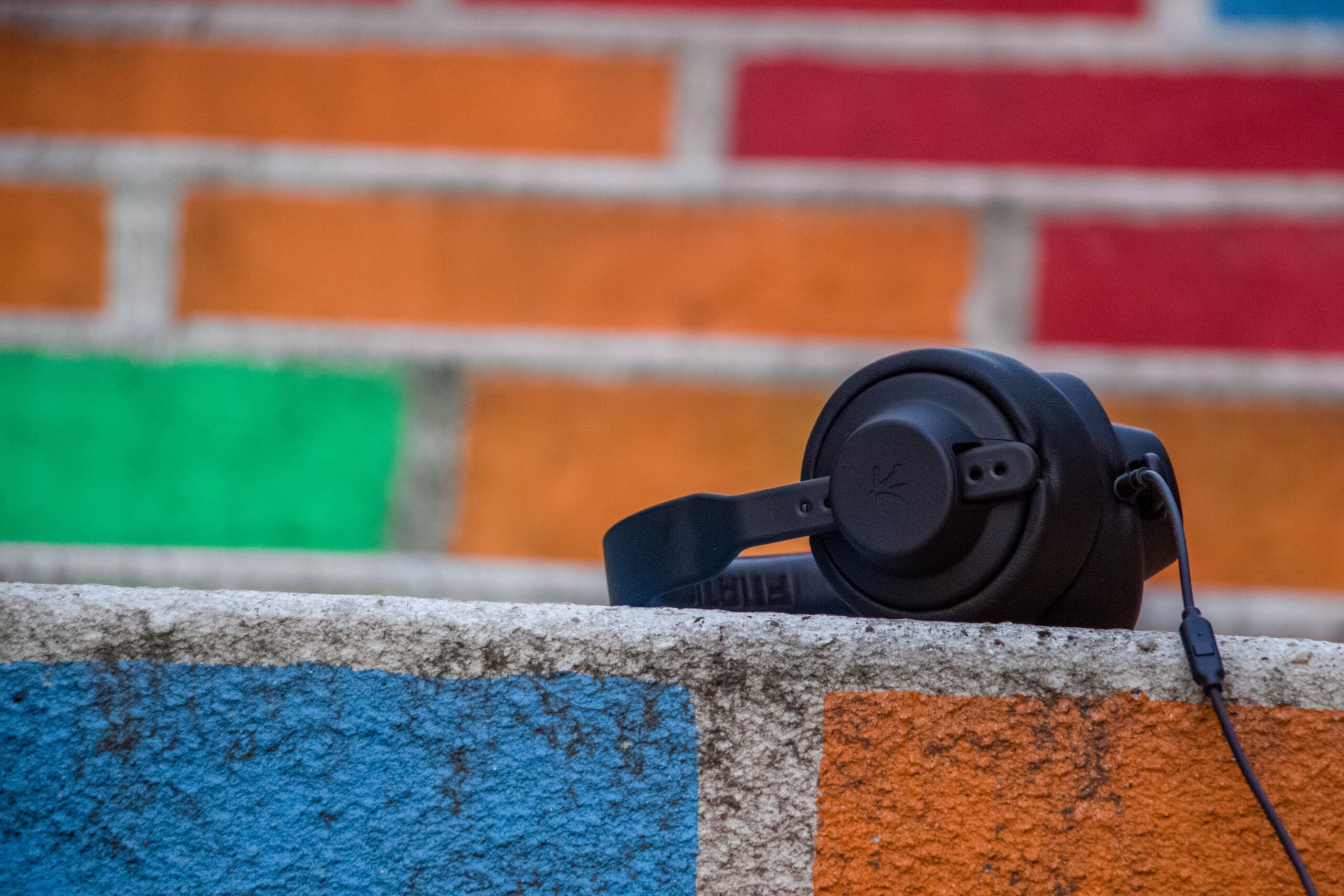TL;DR Guide:
- Why Do I Do It?
- How Do I Do it?
- How Do I Stick To It?
- Variations
- Tools That Can Help
I’m sure you’ve seen plenty of clickbait-y articles lauding the benefits of meditation.
But despite its trendiness, meditation is no joke. If you’re interested in studies or quantifiable arguments for taking up a meditative practice there are plenty of sites dedicated to providing that information. But this is an unapologetically subjective post so here are a few reasons I took up meditation in the first place and why I’ve continued to do it:
Why Do I Do It?
- Sets The Tone For The Day. Starting the day off with meditation ensures that at least my morning contains a bit of peace and consequently results in at least a little bit more calm throughout the day, even if the rest of my day is INSANE and mostly trying to keep my head above the proverbial water. Similar to the benefits of making your bed.
- Instills Discipline. Talent, spontaneity, and intuition are of tremendous value in living a rich and joyful life. Yet we often fail to see that the frequency and consistency with which we use our talent, spontaneity, and intuition is often dictated by our level of discipline. Simple rituals and routines such as meditation have been an effective way of increasing the disciplines I practice in daily life.
- Stretches Legs. Whenever possible I try and “stack” my routines so as to be more time efficient. When I meditate in the mornings I do it in a half lotus pose. This not only stabilizes my core to prevent my being distracted by shifts in my body, but it also stretches my inner thigh muscles (abductors) and increases flexibility.
- Practice In Forgiveness. I suck at meditation sometimes. A lot of the time. That’s part of the beauty of a meditative practice. It’s easy to feel like I’m not meditating “correctly” when my brain is all over the place and I can’t focus and I just can’t seem to sit still. But bringing my attention back to the breath actually IS the practice itself. Forgiving myself for sucking and gently nudging my awareness back to the present moment is good reminder to be in a constant state of compassion and forgiveness towards everyone, myself included.
How Do I Do It?
I typically practice what would be described as Vipassana meditation. Vipassana (a Pali word meaning roughly “clear seeing” or “seeing deeply”) is basically a fancy word for mindful breath based meditation as opposed to mantra based meditation (such as Transcendental Meditation).
There are many different variations on Vipassana meditation but this is what I do in the mornings:
- I prefer to be outside in the sun as naked as possible (to jumpstart my circadian rhythm and get some Vitamin D). As a result I go out on my backyard deck with a towel to sit on. This may not be possible depending on where you live and that’s fine, but if you have the chance, I recommend it.
- I sit in a Half Lotus Position (< click link for instruction on this) with my right foot to my left thigh as I find it stabilizes my body well without putting too much stress on it like Full Lotus might do. At night I switch sides (left foot to right thigh).
- I set a timer for 10 minutes.
- I bring my awareness to the tip of my nose and notice as my breath passes in and out through my nostrils.
- If my mind wanders or fixates on something, I notice this, and bring my attention back to my breath. This will happen many times over the course of 10 minutes.
- When 10 minutes is up I move onto a daily prayer.
Most practitioners recommend 20 minutes of daily meditation. I break up my meditation into 10 minutes of mindfulness and 10 minutes of active prayer. Do what works for you, there is no right or wrong way.
How Do I Stick To It?
I meditate and pray first thing in the morning (right after hydrating) and last thing at night just before bed. These are the most convenient times for me but your schedule may dictate something else. I find that doing it in the morning and evenings makes it less negotiable than at some point in the afternoon, but if you think 20 minutes in the middle of the day is more doable than by all means, do that!
Variations
Wim Hof
Over the last year I’ve experimented a lot of with Wim Hof’s breathing method. Wim Hof is probably most well known for the world records he holds for submerging himself in ice cold water and running marathons in the snow only wearing shoes and shorts. Much of his seemingly supernatural abilities (which have been surprisingly well documented) go back to his breathing practice.
 Wim Hof submerged in ice…don’t worry you don’t have to do this to meditateAad Villerius
Wim Hof submerged in ice…don’t worry you don’t have to do this to meditateAad Villerius
The very basic version I practice occasionally (click here for an example) is a controlled form of hyperventilation. 30 deep breaths in, releasing the breath naturally each time (not full exhalations), suspending the breath for as long as is comfortable, one last deep breath that is held for 15 seconds, and then I continue on with my normal meditation practice. The result is like a mild cup of coffee with increased focus and energy in a short burst of time.
Now you might be thinking, “Hyperventilation? George if you’re self inducing hypocapnia resulting in cerebral vasoconstriction aren’t you running the risk of potential brain damage?” (That’s what you were thinking right?). Well, I thought the exact same thing and I’m still not so sure that this may not be dangerous to be practiced long term. It does result in dizziness occasionally and there haven’t been any studies done on it that are rigorous or conducted for long enough to tell us the long term results. All I can say is that it definitely increases focus and alertness when I need it and it has provided extraordinary performance enhancement to Wim Hof and his students. However, it’s important to remember that performance does not equal longevity and that it’s always a good idea to be cautious when experimenting with anything that involves the brain.
Mantra
The main benefit of a mantra is that it anchors your thoughts to something more mental rather than just being aware of your breath and surroundings. Once again, do what works for you.
The first meditative practice I can remember practicing was mantra based, taught by some writing of Richard Foster that I’ve now misplaced, and was simply a meditation on Psalm 46:10. If religion makes you uncomfortable or find another type of mantra helpful than feel free to adjust to your own walk. It went like this:
“Be Still” (breathe)
“…” (suspend breath and actually listen)
“And know that You are G-d” (breathe out)
That’s It!
Now go try it out. What have you got to lose?
Tools That Can Help
Guided Meditation By Sam Harris – A great resource for those who are nervous about the religious connotations of meditation. Sam Harris is an athiest and a very compelling writer and advocate for mindfulness.
Tara Brach’s On How to Meditate – An exhaustive resource for specifically vipassana based meditation.
Articles by Richard Foster – A great resource for those who are curious about a meditative practice based heavily in the Judeo-Christian tradition.
Alarm Clock – I just use my iPhone timer but sometimes if I have my phone turned off I think it would be nice to have a specially designated alarm.










